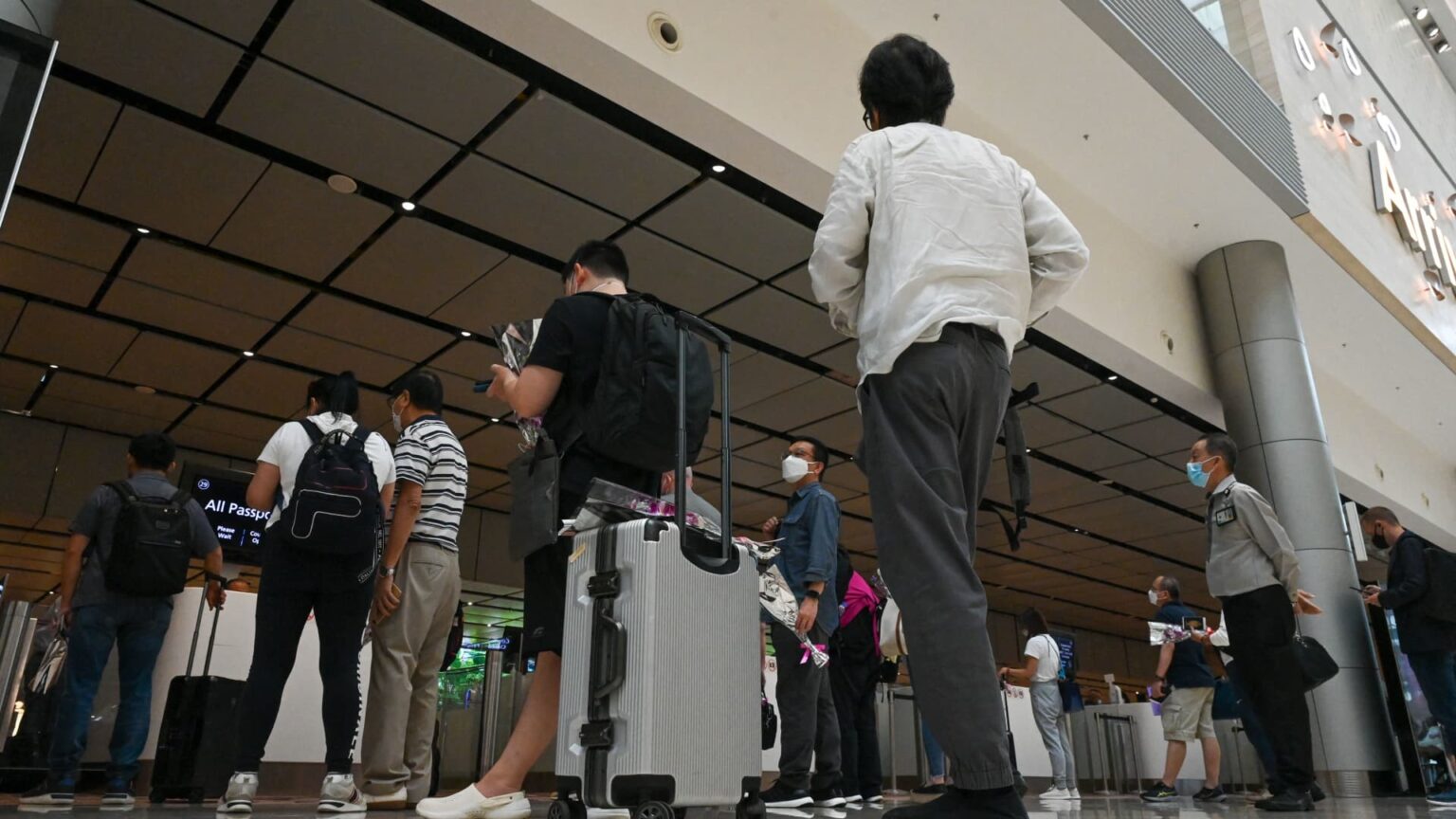From Monday, some passengers arriving in Singapore’s Changi Airport won’t need to show their passports to clear immigration.
As part of a trial, Singapore residents arriving in Terminal 3 who use the lanes designated for the country’s new “token-less clearance” program can enter the country using eye and facial biometric processing, rather than passports, according to the country’s Immigration & Checkpoints Authority.
“Residents” as defined by the program include citizens, permanent residents and long-term pass holders.
The program will be rolled out to all terminals at Changi Airport by September, as well as Singapore’s Seletar Airport and Marina Bay Cruise Centre by December 2024, according to Singapore authorities.
Who is eligible?
Under the new passport-less immigration program, Singapore residents will not need to show their passports to arrive and depart at air and sea checkpoints.

Foreigners are also eligible for the program, but only when leaving Singapore. Foreign travelers must also enroll their iris, facial and fingerprint biometrics at manual immigration counters, according to Singapore’s Immigration & Checkpoints Authority.
However, children under six years old cannot use biometric clearance, or automated lanes at all, to clear immigration, according to authorities.
A ‘paradigm shift’ at the borders
Passport-less immigration clearance is part of Singapore’s broader “New Clearance Concept” announced in May, which aims to modernize and automate immigration services in the country.
The concept, which authorities called a “paradigm shift in border clearance,” effectively ends the era of human-led passport checks, a process the city-state has been progressively moving away from for years.
By early 2026, Singapore immigration officials expect 95% of travelers will be able to clear immigration via automated lanes. The remaining 5% are those ineligible, such as young children.
Though biometric processing is resisted by some, it is part of Singapore’s efforts to strengthen its border security while also elevating travelers’ experiences, according to authorities. Biometric processing is expected to reduce immigration wait times by 40%, according to immigration officials.
Some 85% of airports will use some form of biometric processing in the next three to five years, Sumesh Patel, Asia-Pacific president of SITA, told “Squawk Box Asia” in March.
Two types of passport-free clearances
The launch of biometric-only processing is the second form of passport-less immigration clearance now available in Singapore.
In May, the island began allowing travelers to use self-generated QR codes to enter and exit Singapore at two land checkpoints that connect Singapore and Malaysia.
A token — such as a QR-code — is necessary at land borders, authorities said, because they do not have advance notice of who plans to enter or leave Singapore.
Both programs are part of a larger push to modernize border control procedures in the city-state to manage higher traveler volume amid the crunch of its aging workforce.


